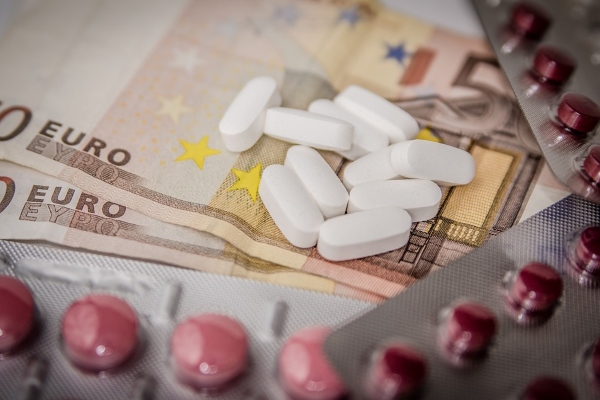
Putting a reliable figure on the value of any counterfeit market is always a challenge, but the best guess of a new report is that for pharmaceuticals it is €4bn ($4.35bn) – headed by antibiotics, lifestyle drugs and painkillers.
The study by the EU Intellectual Property Office (EUIPO) and Organisation for Economic Cooperation and Development (OECD) bases the estimate on customs seizure data between 2014 and 2016.
The numbers don’t account for a “very large” volume of domestically produced and consumed illicit pharmaceuticals that don’t cross borders, so the top-line figure is likely an underestimate.
Also featuring prominently in the seizure data are counterfeit malaria, diabetes, cancer and heart disease treatments, with the trade “facilitated by the growth in small package shipments by parcel post or letter packets, which are more difficult for customs officers to detect,” it says.
Between 2014 and 2016, 96 per cent of all customs seizures of fake pharmaceuticals involved postal or express courier deliveries, which was well above the average for other products.
India and China were largest producers, mostly targeting African economies, Europe and the US, and Singapore and Hong Kong were most important transit points in the counterfeit supply chain. Other relevant transit points for fake pharmaceuticals include Yemen and Iran.
Supply chain weak points
“While the wholesalers that are responsible for distributing most pharmaceutical products are secure, there are thousands of second-tier distributors that are more vulnerable to penetration by counterfeiters,” says the report.
It goes on to note that detection of counterfeits requires expert examination, which can be costly. Meanwhile, free trade zones (FTZs) facilitate the illicit trade “providing a venue for packaging and repackaging products in ways that effectively disguise their true origin”.
Rogue internet pharmacies remain a perennial source of cheap counterfeits, and “consumers have demonstrated a willingness to take risks buying products online.”
The report is one in a series of EUIPO/OECD studies designed to enhance understanding of the issues and challenges facing governments, businesses and society posed by the trade in fake pharmaceutical products, and is part of a series focusing on different industrial sectors published by the EUIPO Observatory.
Among the impacts of the trade are lives lost – estimates are that between 72 000 and 169 000 children die from pneumonia every year after receiving counterfeit drugs, while fake antimalarials kill another 116,000 – as well as damage to legitimate producers.
US companies bear the brunt of the economic impact, with 38 per cent of all seized pharma products infringing their intellectual property, while one source suggests the cost to EU governments in lost revenues is around €1.7bn.
Other impacts include the cost of treating patients harmed by fake medicines, environmental pollution from dirty production practices and the social costs that result from lost jobs and increased organised crime.
“Counterfeit pharmaceuticals can pose a direct threat to health and life, and their arrival into the EU, often through small parcels and internet sales, poses a challenge for enforcers,” said EUIPO executive director Christian Archambeau.
“Tackling this issue requires that the current national and EU-level coordination is further reinforced, and supported by global actions.”
©
SecuringIndustry.com





